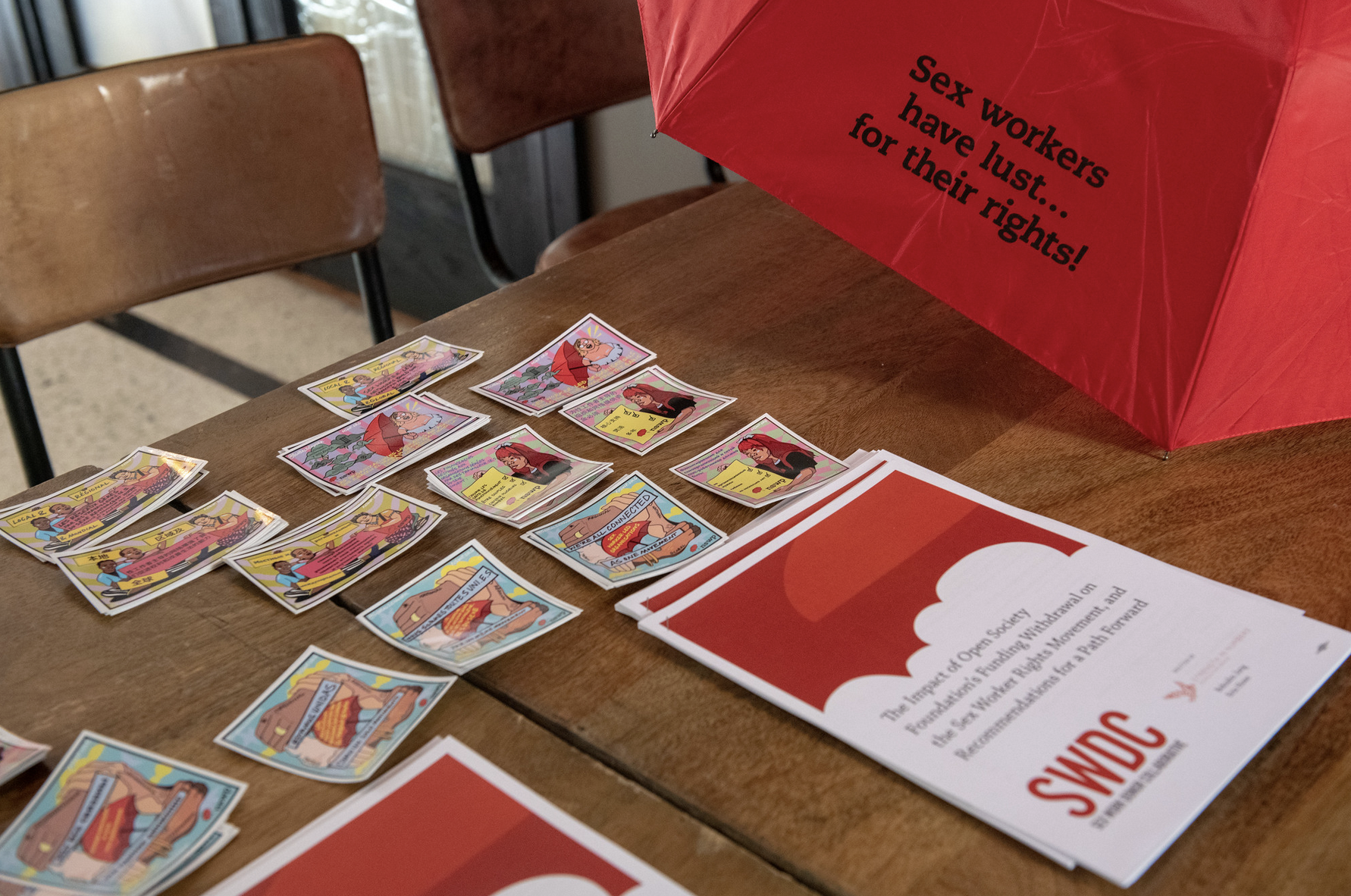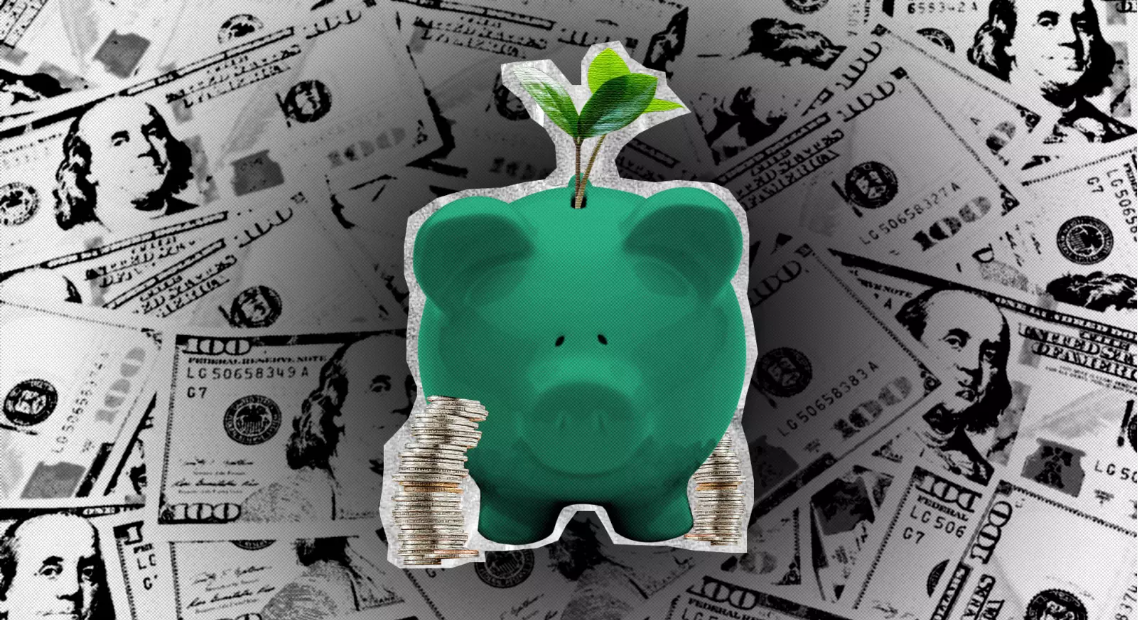By Rachel Thomas, Director of Research Initiatives at Human Rights Funders Network
People with disabilities make up 15% of the global population, yet received just 3% of the grant funding captured in our 5-year analysis of human rights funding trends. Diana Samarasan from the Disability Rights Fund (DRF) says it’s not enough: “If we’re going to provide funding that is equitable to the population, then people with disabilities should be receiving at least 15% of the funding – if not more – if we’re talking about human rights funding reaching those who are the most marginalized.”
Significantly, people with disabilities are the only population we track where the main issue funded is health and wellbeing rights, which received 33% of the funding. “What it says is that disability is still seen primarily as a health issue, a medical issue,” explains Diana. She says that when the funding is not for health-related interventions, it tends to go toward things like the arts or sports, where people with disabilities are given some space to succeed. Other areas, like economic and labor rights or sexual and reproductive rights, received far less support with just 5% and less than 1% of grant funding, respectively. Advocates emphasize that people with disabilities have the same rights and needs as other communities – and that the funding should reflect this.
In recent years, several more donors have started funding on disability rights and encouraging their grantees to include people with disabilities in their programming. “At the Ford Foundation, we came to a recognition in 2016 that we cannot truly tackle our new focus on inequality if we’re failing to be inclusive of disabled people,” explains Juliet Mureriwa from Ford Foundation who serves on DRF’s grantmaking committee. “For decades, donors have told disability activists, ‘We don’t do disability,’ though people with disabilities are members of every gender, race, class, ethnicity, and religion. The Ford Foundation is seeking to incorporate disability in all of its grantmaking to reflect the intersectional ways that inequality manifests itself.” Katrin Wilde of the Channel Foundation says it was participating in an immersive training that helped catalyze Channel’s disability rights work: “There was something very profound about spending time with people with disabilities, breaking bread, having face-to-face conversations, and seeing the myriad of issues and strength of the activists.” She describes how disability cuts across human rights concerns, citing its relationship to gender-based violence (GBV): “The statistics show that women with disabilities face even higher rates of GBV and less access to services. So if you’re a funder on GBV and you haven’t thought about disability inclusion, you’re missing a big boat.”
Advocates emphasize that this is a pivotal moment for funders to engage on disability rights, noting that this could have exponential effects. The launch of the United Nations’ Sustainable Development Goals in 2015 marked the first time people with disabilities were included in the global development framework, in recognition that development goals cannot be met if the needs of people with disabilities are not addressed. Diana acknowledges that this is an important breakthrough, but stresses the job’s not done: “You need pressures from different sides to achieve those goals. Governments will interpret them in the way that they want; they will do what they want and not do what they don’t want. That’s why advocacy is so important to keep their feet to the fire for the issues and populations they’d rather not deal with. Funders need to recognize this opportunity.” Advocates stress that even small grants to emerging groups can have a big impact.
Yet many funders still hesitate. Katrin explains, “There’s something about disability that people need get over: our feeling that we don’t know enough about it or that we might make mistakes.” Diana agrees, stressing “It’s not that complicated. People with disabilities are people.” She recalls conversations with women’s rights funders who have worried about funding women with disabilities out of concern they have distinct needs they don’t know enough about when, in actuality, their top concerns generally mirror those of other women. She says funders don’t need to develop a whole new portfolio, but should be more aware of how their work affects people with disabilities and be more inclusive in the access to their funding: “Just putting the word disability, or people with disabilities, into the list of who you fund or what you’re funding would be a huge help.”
“What I like most about this analysis is that it looks past year-to-year fluctuations to identify multi-year trends in disability funding,” notes Juliet. “This will enable funders, especially those of us new to disability inclusive grantmaking, to see where the field is headed, where it has work to do, and where they can contribute.” We hope this data inspires more funders to consider whether and how their investments further disability rights. It’s a crucial first step to move us toward 15%.
The Advancing Human Rights initiative tracks the evolving state of global human rights grantmaking. It is a collaboration between Human Rights Funders Network and Foundation Center, in partnership with Ariadne and Prospera, and maps the issues addressed, funding strategies used, and populations and regions served. The goal is to give funders and advocates the information they need to inform their decisions and increase their effectiveness.
Between 2011 and 2015, we collected data on almost 100,000 human rights grants from 1,193 funders in 114 countries. We recently released our first-ever trends analysis based on a subset of 561 funders who shared data all five years. In this Data in Dialogue series we take a closer look at the regions and populations to put funding trends in context and consider their implications.



